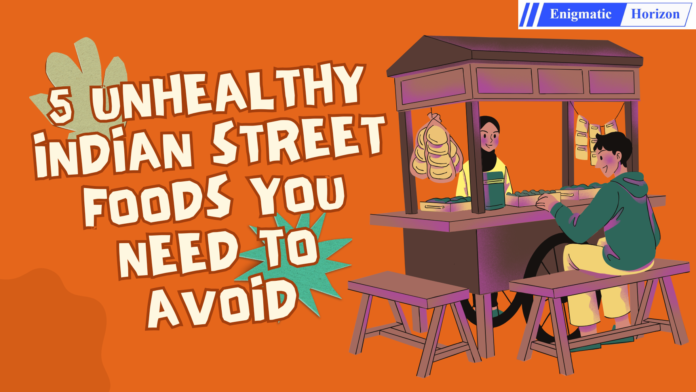Aniket Bin
In our busy and fast-paced lives, it can be hard to resist the temptation of having street food, especially when we don’t have time to cook our meals at home. Street foods are definitely is a convenient and quick way to satisfy your cravings. However, street food can sometimes come with hidden dangers and risks. It is important to be aware of the risks that come from the consumption of street food because street vendors often do not prioritize on food safety and hygiene.
The Banjara Hills Tragedy
The recent tragedy in Banjara Hills, Hyderabad, has left many shocked and heartbroken. Reshma Begum, a 33-year-old loving mother of two young daughters aged 12 and 14, went out to enjoy a street food treat, but it turned out to be a nightmare. After consuming momos from the street vendor on October 25, all three experienced symptoms of food poisoning, including vomiting, diarrhea and severe abdominal pain.
Initially, they thought that it was just an ordinary case of food poisoning and they would recover on their own but things quickly took a dark turn. As their condition got worse, they were rushed to the nearest hospital. Tragically, Reshma passed away on the way to the hospital, leaving behind her two young daughters, who are now fighting to recover from this tragedy.
When officials later paid a visit to the stall, they found that the food was being prepared in an extremely unhygienic manner, posing a significant risk to anyone eating there. Police and food safety officers collected the samples of the food for testing at a state laboratory to find out the contaminants. Additionally, over 50 people were also hospitalized with similar symptoms, though officials are not entirely certain, they speculate that these cases may be linked to the same stall. Food safety officials have boosted the inspections across Hyderabad to ensure that all street vendors are following licensing requirements and maintaining hygiene standards. Their main objective now is to prevent such incidents from happening again in the future.
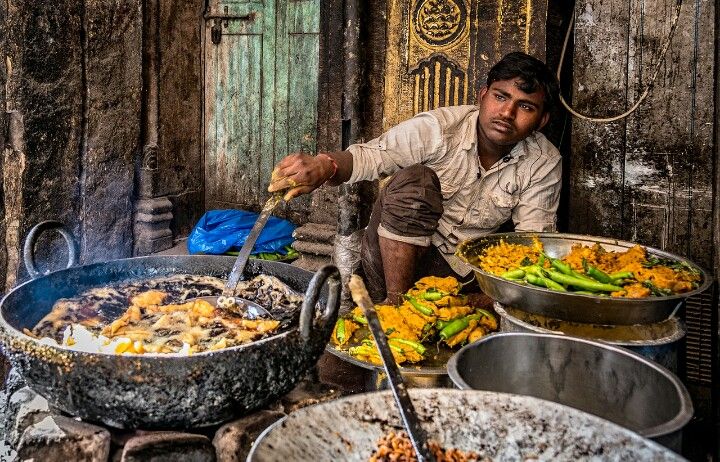
Here is the list of five Indian street foods that are extremely unhealthy:
1) Pani puri –
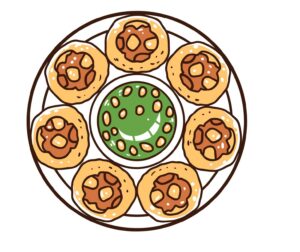
Pani puri is hard to resist with its crispy puris and tangy, spicy water, but there’s a bad side to it too. The Pani (water) is often reused throughout the day, the pani is kept in the open where it can be contaminated by dust and potentially harmful bacteria. These Puris are typically fried in oil and the oil is reused multiple times, adding to its unhealthiness. It might be delicious but definitely not the safest when bought from the street
2) Momos –

Momos, whether steamed or fried, are a favorite cheat meal. However, they come with some serious health risks. Momos are often not kept inside a refrigerator, increasing the chances of bacterial growth. The dough is also made of low quality maida flour, and the chili sauce served with momos is commonly packed with artificial food colors and preservatives. This sauce is also left out for hours or even overnight, allowing bacteria to grow. It’s better to have homecooked momos if you are craving some.
3) Chowmein –
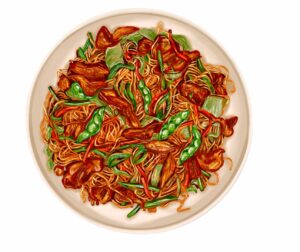
Chowmein is a quick and tasty meal, especially when craving something spicy and filling. However, street vendors cook it with large amounts of reused oil which without a doubt makes it a ‘heart attack on a plate. Some vendors even add MSG to enhance the flavor, which can cause headaches and nausea in people allergic to it. It’s a tempting choice but unhealthy for your body.
4) Samosas (Street prepared)–
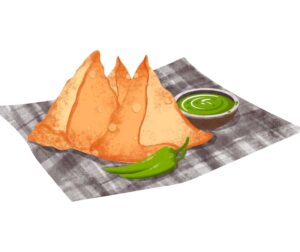
Samosas are a popular snack with a crispy and golden crust and a temping mashed potato filling, but street prepared samosas are deep fried in oil that’s reused multiple times. After frying, the samosas are often left on open trays, exposed to dust, pollution, and flies. Many vendors use margarine or vanaspati instead of real butter, which are unhealthy fats that our body finds hard to digest leading to obesity, heart related disease and high blood pressure. It’s better to have samosas when you know how they were prepared.
5) Pav Bhaji –
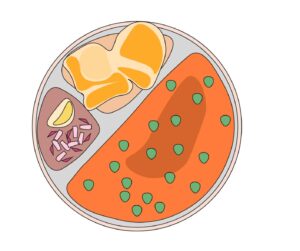
Pav Bhaji is a street food, known for its buttery, spicy mashed veggies and toasted pav. But vendors often use low-cost butter or margarine which makes it very unhealthy due to high fat content. The bhaji is cooked in large batches and is left in the open for a long period of time, which encourages bacterial growth. Even the pav (bread) is usually left uncovered, exposed to dust, pollution and flies. The pav is toasted on a greasy surface due to which it absorbs even more fat. It’s a flavorful dish but should be consumed occasionally.
Conclusion
The heartbreaking incident from Hyderabad acts as a reminder to us that how important it is to be careful about what and where we eat from, especially when it comes to outside food. That’s no doubt that street food can be tempting but most of the time but it doesn’t really meet safe hygiene standards, which can put your health at serious risk.
Whenever you are eating from street vendors, it’s always a good idea to pay attention to how the vendor is preparing the food. Clean gloves, covered food, freshly washed utensils and a clean and tidy cooking space are all signs that the stall is making an effort to be safe. If you notice that a stall seems dirty or if the vendor isn’t maintaining hygiene, it’s always a good idea to skip that stall, even if the food looks tempting.
In many cases, choosing to go with homemade meals is the best option. This not only allows control over what goes into your food but also make you feel a sense of comfort that the food you are eating is safe and healthy. This small step can protect you from unexpected health risks.
